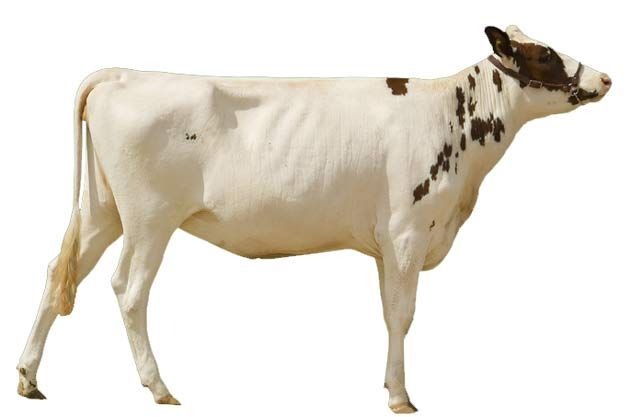
Experiments with worms suggest humans might one day be able to eat themselves to a longer and healthier life.
The new approach differs from previous studies which extended life in non-human animals by keeping food consumption to a bare minimum, a technique called caloric restriction.
Researchers led by Mikhail Shchepinov, formerly of Oxford University, fed nematode worms, Caenorhabditis elegans, bits of steak and chicken reinforced with variations of certain atoms, called “isotopes,” of elements like hydrogen, carbon, nitrogen and oxygen.
Isotopes have the same number of protons as their natural counterparts but different numbers of neutrons. Carbon, for example, usually has 6 protons and 6 neutrons. An isotope of carbon, called C13, has 6 protons and 7 neutrons.
Worms on the specialized diet lived about 10 percent longer on average. Assuming people will one day routinely live to 100, a similar approach in humans could add an extra 10 years to a person’s life, the researchers say.
The researchers think eating isotope-reinforced foods reduces molecular damage incurred by rouge molecules that roam the body called “free radicals,” which have highly reactive, unpaired electrons. Many scientists think free-radical damage is one of the reasons why organisms age.
According to Shchepinov, replacing atoms in chemical bonds susceptible to attack with their natural isotopes strengthens those bonds, making them harder to break.
Sign up for the Live Science daily newsletter now
Get the world’s most fascinating discoveries delivered straight to your inbox.
“Because these bonds are so much more stable, it should be possible to slow the process of oxidation and aging,” Shchepinov told the science magazine Chemistry & Industry, where the research was first reported.
The researchers suggest adding isotopes to animal feed so humans can benefit indirectly when eating animal products like steaks and chicken fillets. Isotopes could also be used in foods of pets or of soldiers, to provide added protection against radiation.
Aubrey de Grey, an aging researcher at Cambridge University who was not involved in the study, says the isotope approach is “a highly novel idea.”
“But it remains to be seen whether it can be the source of practicable therapies, but it is a prospect that certainly cannot be ruled out,” de Grey said.
Charles Cantor, a biomedical engineer at Boston University, said the approach is “clever” and that the early results appear promising. “If this is borne out by further experiments by further experiments the implications are profound,” Cantor said.
The researchers say they expect their research will be published in a peer-reviewed journal soon, though for now, the study has not passed that threshold of acceptance common in science.












